Over the past couple of weeks, the Overwatch team has been taking a look at the game’s armor mechanic. On June 9, a tweet went out showing lead designer Jeff Kaplan saying the team was “debating armor” in response to a comment from Jacob “JAKE” Lyon claiming that Brigitte armor is too overpowered when placed on Tracer.
On June 23, the developers introduced a patch to the Experimental tab that, among other things, removed Repair Pack’s additional armor mechanic.
Although the nerf to Brigitte feels heavy-handed, it’s actually a straightforward solution to the current issues with armor. The nerf removes the most problematic balance issues caused by armor while keeping the benefits that the armor mechanic brings to the game at large.
The mechanics of armor in Overwatch
There are three classifications of health in Overwatch. There’s normal health, which is the base health pool of every character and is indicated by white pips. There are shields, which are indicated by blue pips, regenerate over time, and take damage before normal health. Finally, there’s armor, which takes damage before health and shields and also reduces incoming damage. For attacks that deal more than 10 damage, the damage is reduced by five. For attacks that deal less than 10 damage, the damage is reduced by 50 percent.
Most of the armor in Overwatch is innate, which means it’s part of the hero’s health bar and can be healed when it takes damage. Armor is a common feature among tanks like Orisa, D.Va, Winston, Reinhardt, and Wrecking ball. There are also a few non-tank characters who have innate armor, including Torbjorn, Bastion, and Brigitte.
In addition to their innate armor, Brigitte and Torbjorn both feature temporary armor abilities. Torbjorn’s Overload ability gives him 150 temporary armor points that go away after five seconds. Brigitte’s Repair Pack grants 75 additional armor to a hero who receives a Repair Pack while at full health. That additional armor can’t be healed and goes away after five seconds.
Amor is good but temporary armor is suspect
Armor is a good mechanic for several reasons:
- It has a distinct purpose from normal health and shields.
- It helps the developers make small balance changes to the health pools of tanks without changing how they’re played.
- Armor is a complex mechanic that contributes to the rich counterplay of Overwatch.
Armor is an effective counter to characters whose attacks rely on many small iterations of damage, like Winston’s Tesla gun, since attacks that deal less than 10 damage per hit have their damage cut in half. Armor is weak against characters who deal a lot of damage in single attacks, like Junkrat or Pharah. In this way, armor contributes to the rich complexities of the Overwatch meta.
The real problem with armor, however, lies in the over-heal aspect of Brigitte’s temporary armor.
Although Kaplan indicated that Blizzard is debating armor in general, it seems that the big issue that people have with armor is related to Brigitte’s temporary Repair Pack ability, which adds 75 armor on top of a player’s health. In the Overwatch League, this mechanic is often used to keep squishy but deadly DPS heroes like Tracer alive. The whole balance of Tracer’s character is based around her low 150 health pool. She’s supposed to be a glass cannon whose main limitation is her inability to take much damage, which is balanced out by quick maneuverability. When you make that health pool 225, combined with the damage reduction that 75 armor provides, it can throw off the balance of Tracer as a hero.
It was probably a bad idea to introduce the overshield mechanic to Brig’s kit since the dozens of different interactions it can have with various characters are almost impossible to balance against. Repair Pack on a D.Va is no big deal to the enemy, for example, because she already has shields you have to burn. A repair pack on a Genji, though, is a whole different story.
For these reasons, the adjustments to Brig’s Repair Pack that are in the Experimental patch are a keen and straightforward solution. Rather than making global changes to armor, which the developers have done before in Patch 1.33, they’re testing a solution that’s specific to the problem. The problem isn’t armor—the problem is additional armor that can be added to any health pool in the game.
If the developers end up completely removing the Repair Pack’s additional armor feature, it’ll be a massive hit to Brigitte’s effectiveness in the Overwatch League and on the competitive ladder. But if temporary armor is making the game worse, it’s a sacrifice the developers seem to be willing to make. This wouldn’t be the first time the developers handed out a massive nerf to Brigitte because she was too good.



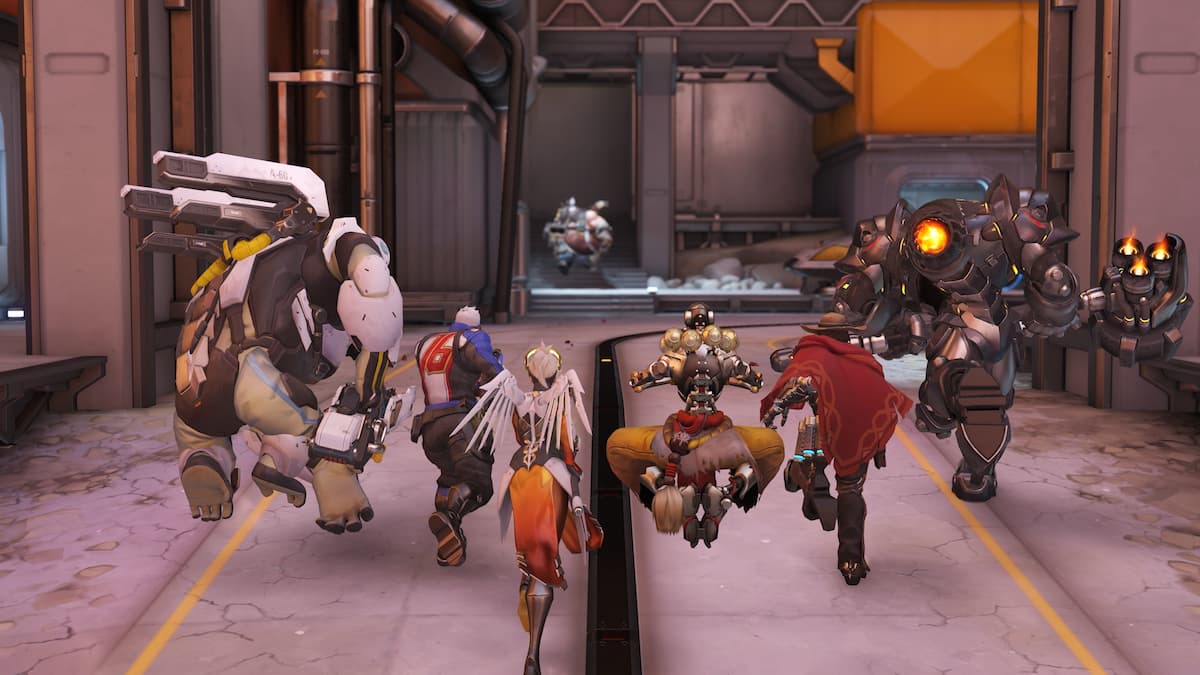

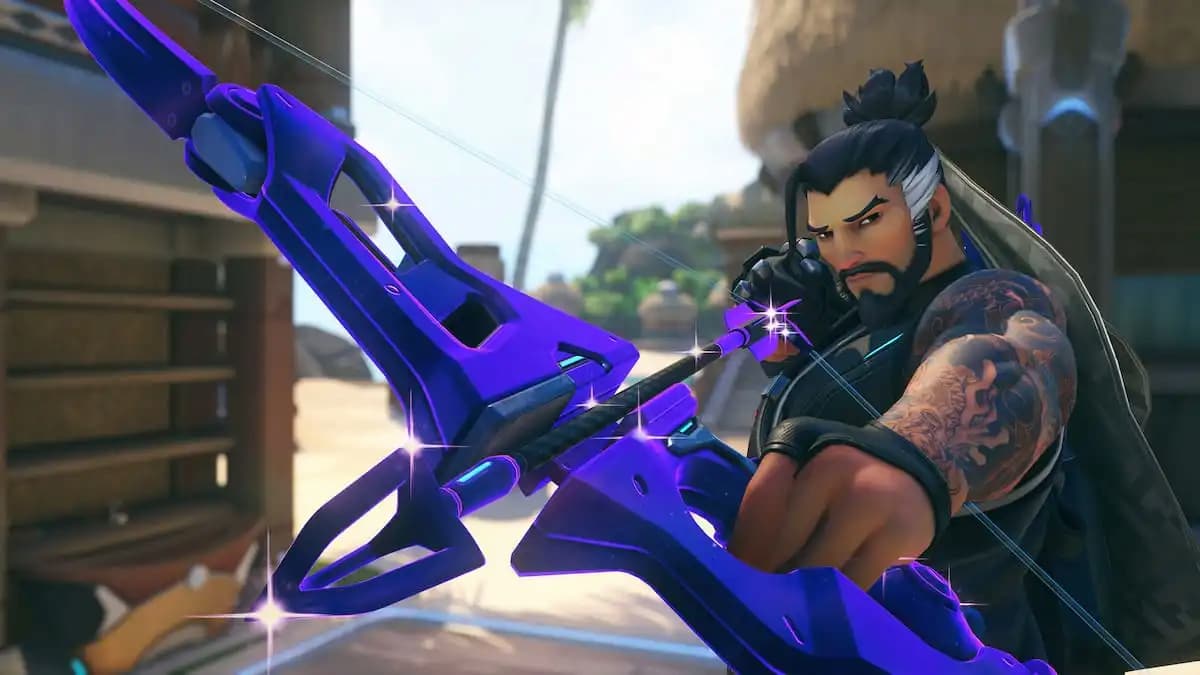

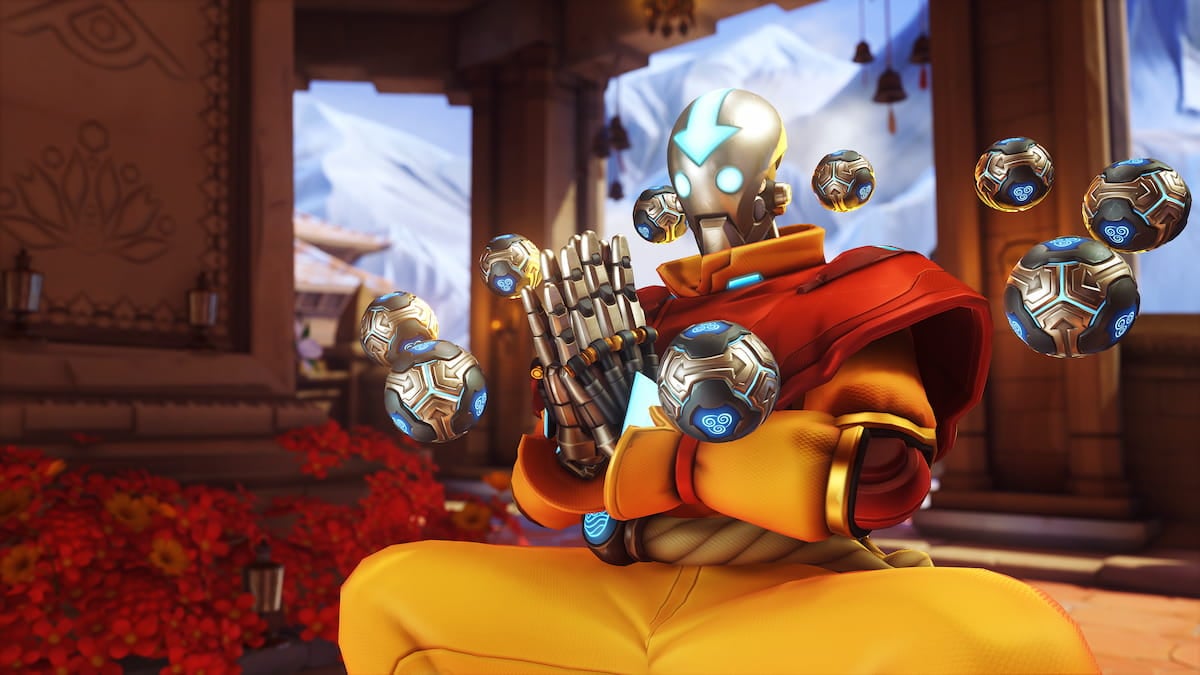

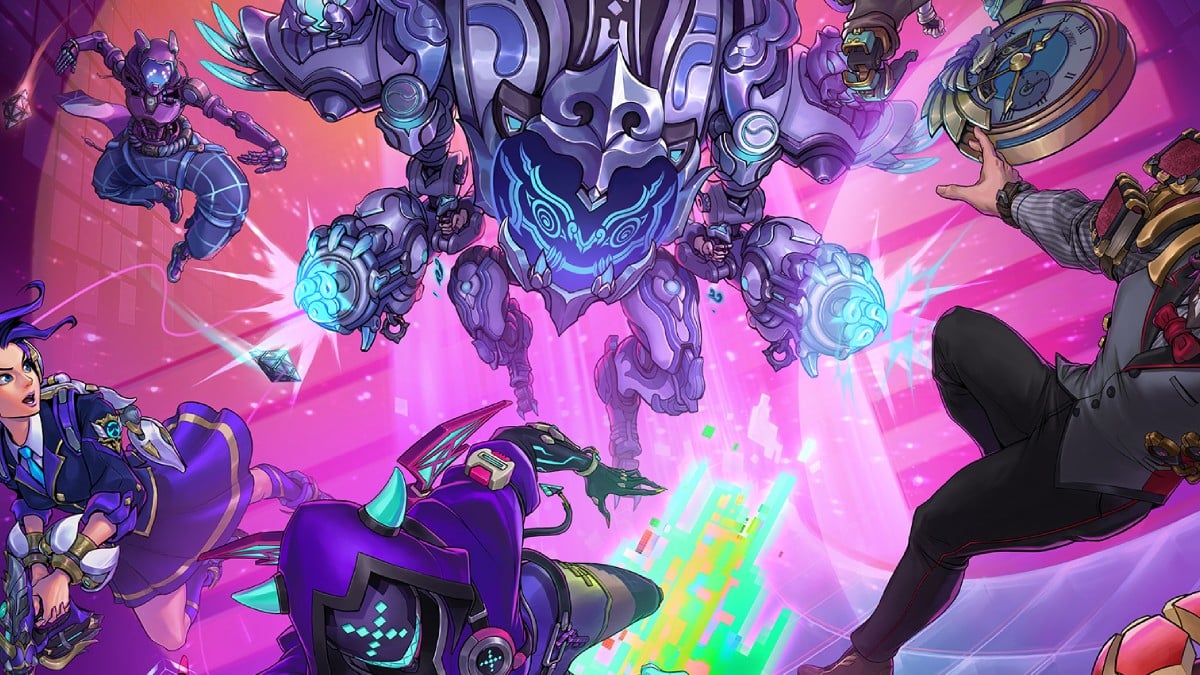
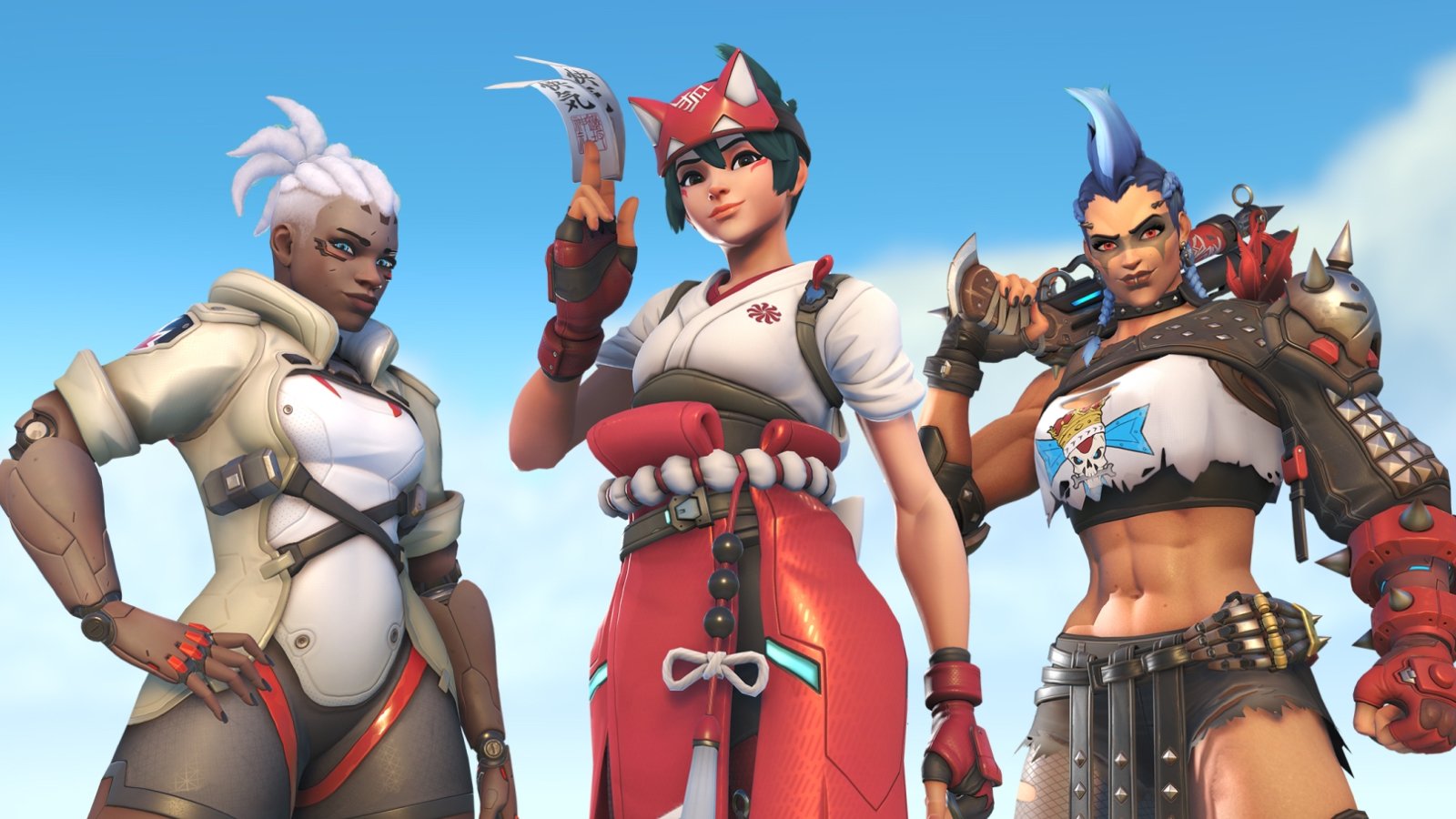
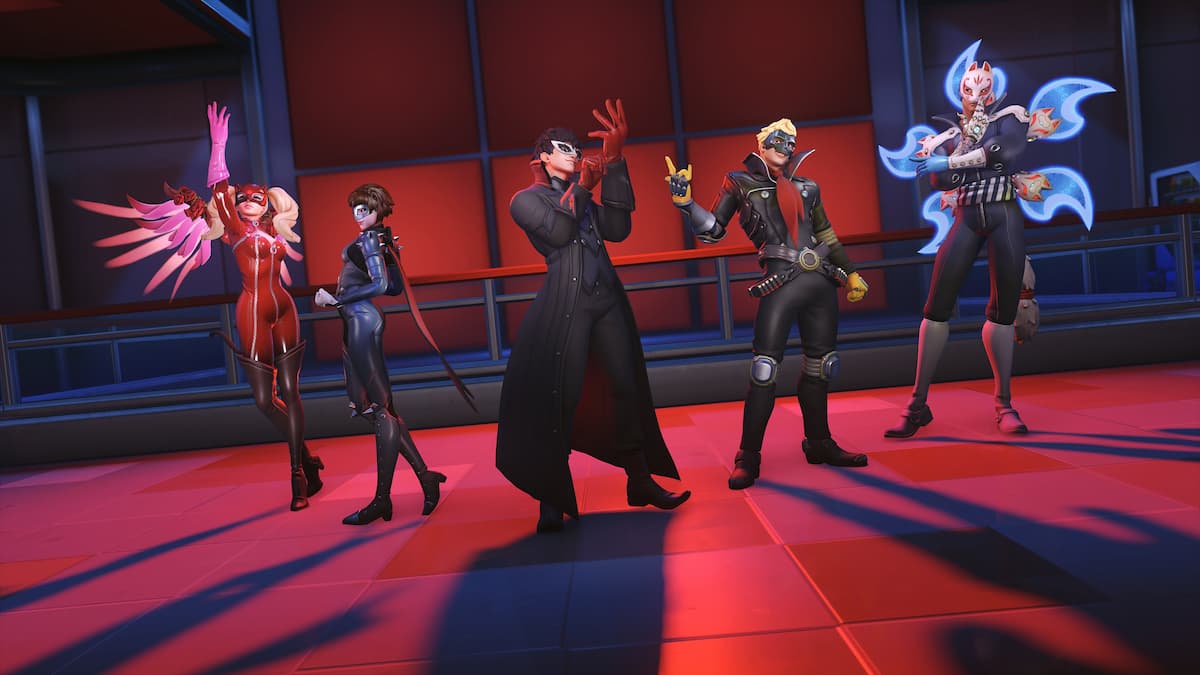
Published: Jun 25, 2020 05:08 pm